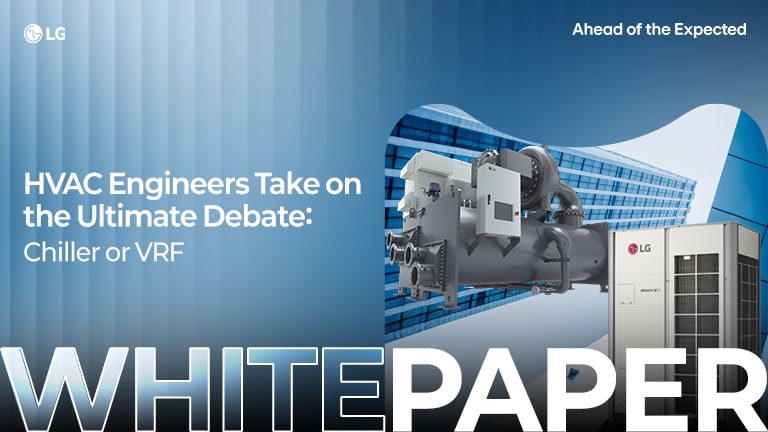-
Strategic Comparison of Air-cooled and Water-cooled Chillers: A Guide to Optimal System Seclection
As buildings and industrial facilities face increasing pressure to optimize energy use and adapt to space and infrastructure constraints, the demand for efficient, scalable, and sustainable cooling systems continues to rise. In this context, the choice between air-cooled and water-cooled chillers is no longer a matter of preference—it’s a strategic decision that directly affects long-term operational performance, cost savings, and environmental compliance.
LG’s latest white paper offers a comprehensive, side-by-side comparison of air-cooled and water-cooled chillers, examining how each type performs across critical parameters such as energy efficiency under partial loads, installation flexibility, water usage, and total cost of ownership. Backed by real product data and application insights, this guide is designed to help customers make informed, project-specific decisions.
Explore how LG’s advanced chiller solutions can meet your needs while aligning with evolving industry standards and sustainability goals.
-
Included in this White Paper:
● Overview of chiller systems and working principles
● Key differences between air-cooled and water-cooled chiller systems
● Installation space, operating cost, and water usage comparisons
● Full and part-load efficiency considerations for various applications
● Practical guidance for selecting the optimal chiller by project conditions and needs
● Overview of LG’s advanced chiller technologies and product lineup
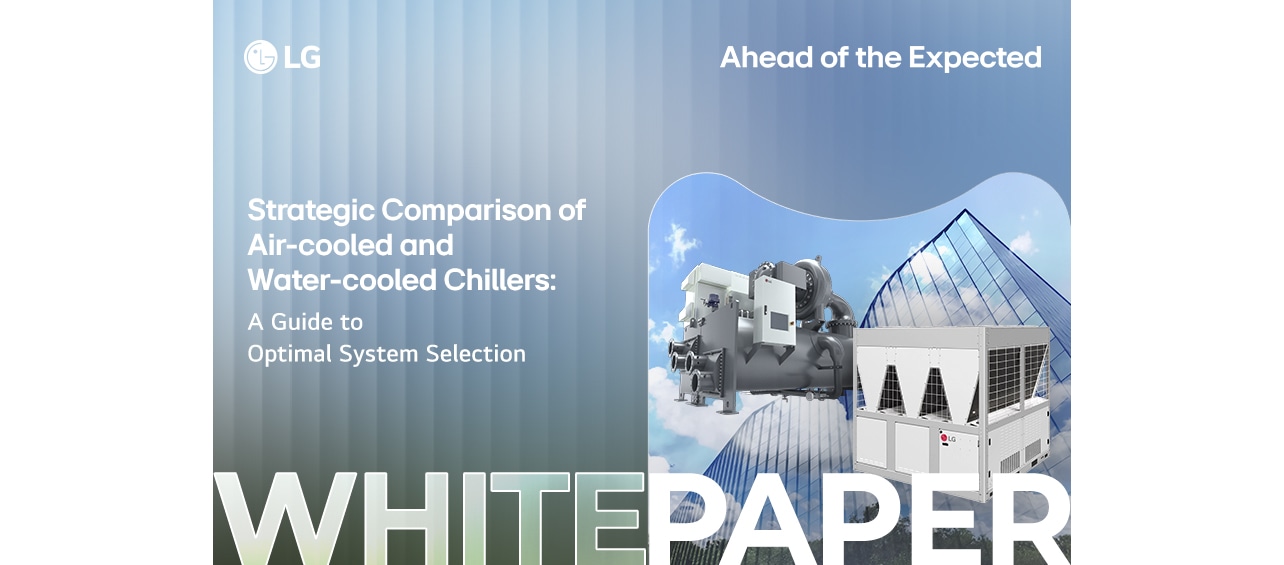
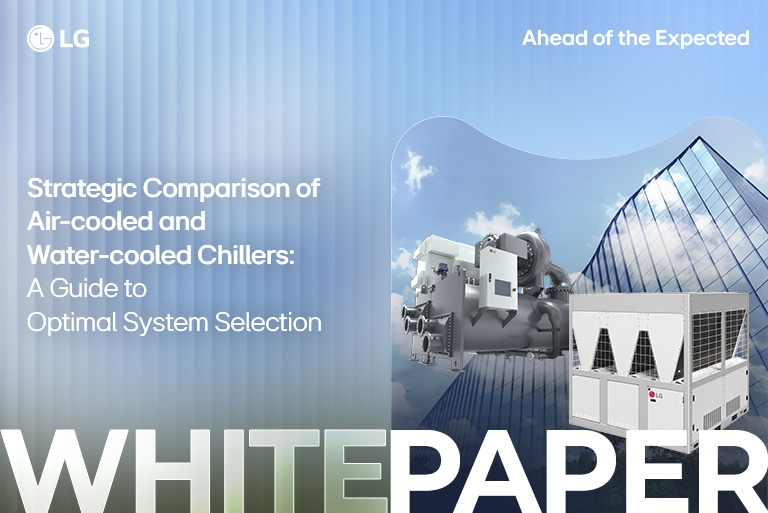



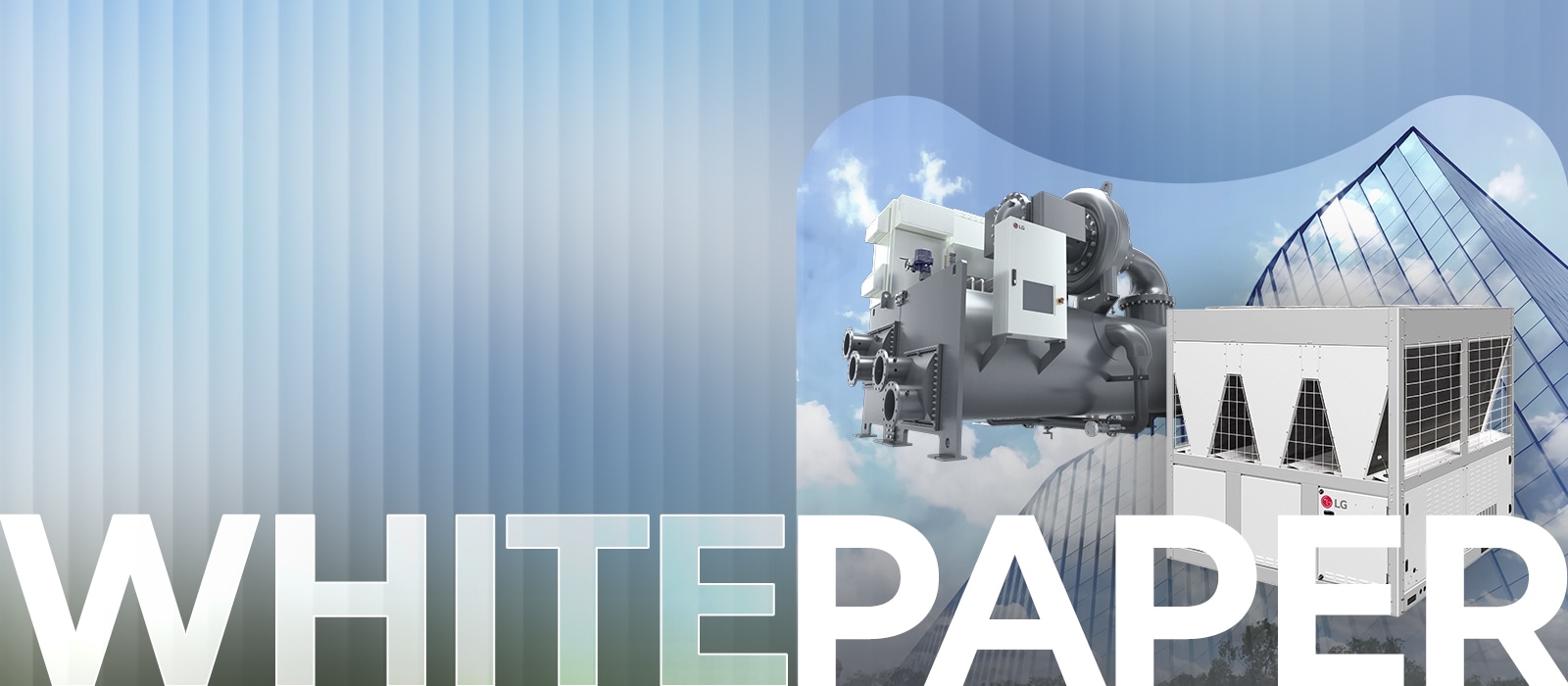
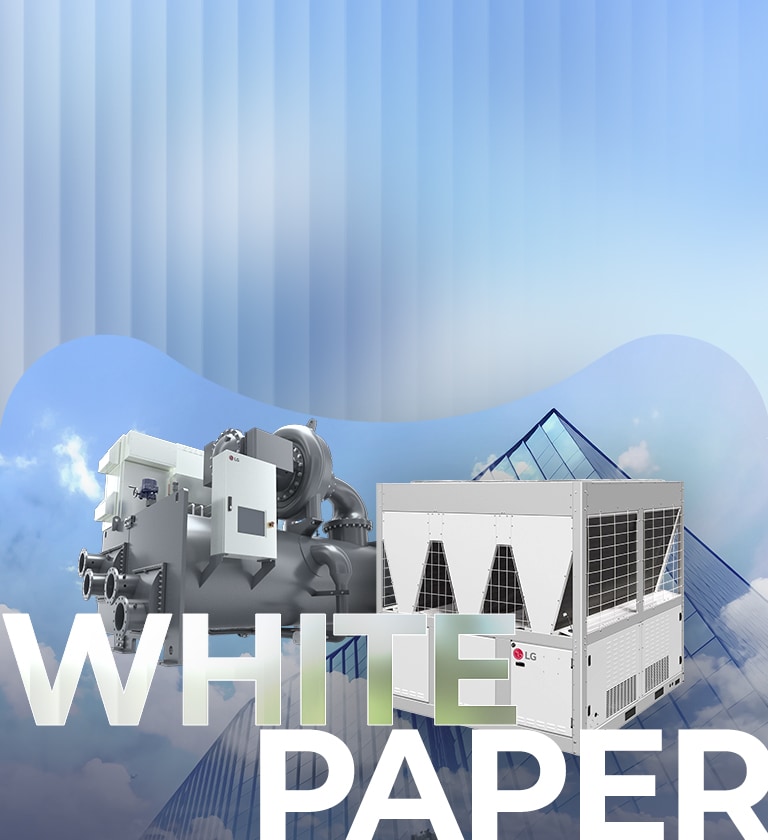
.png)
